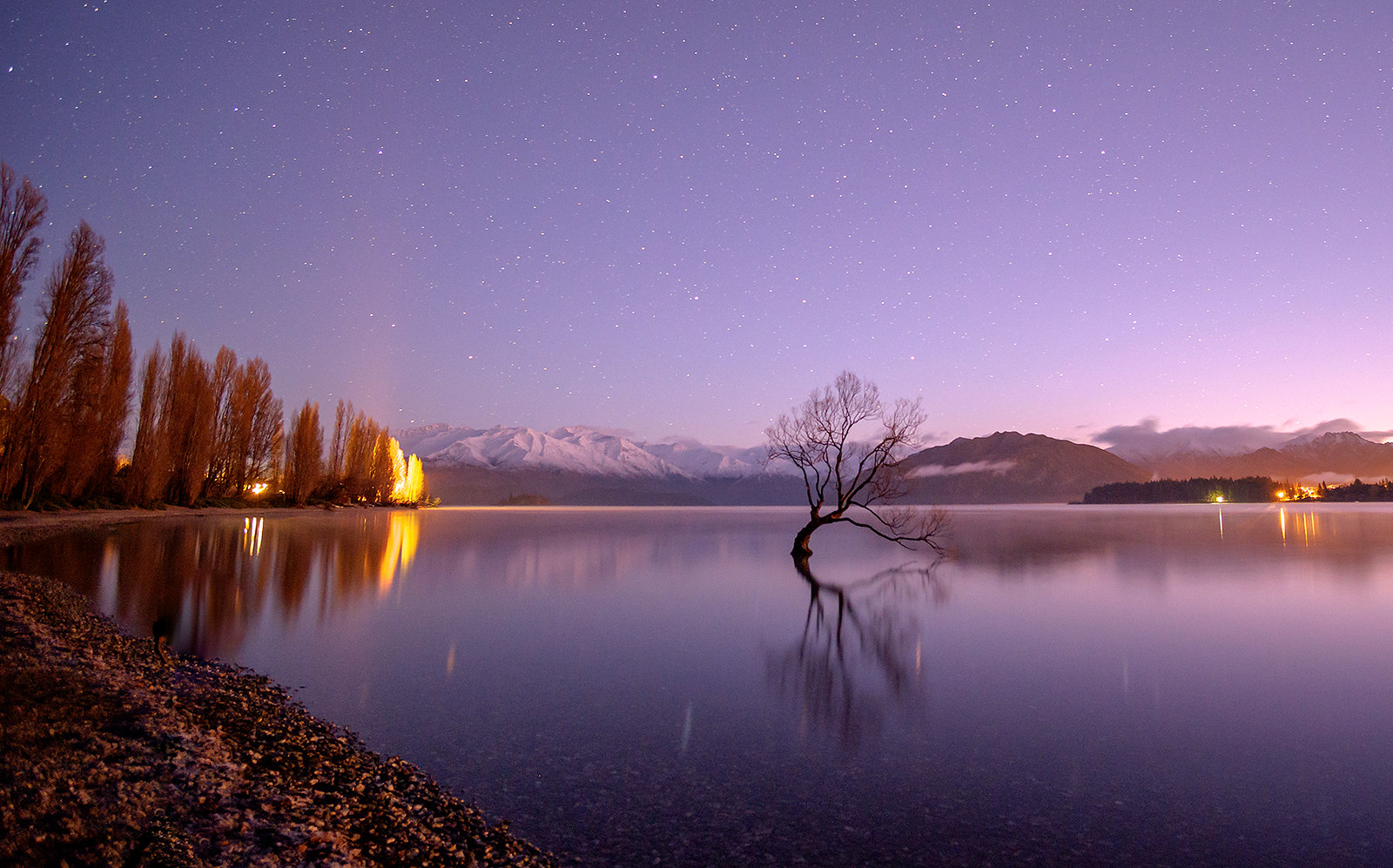Hello everyone,
I am new to this site and a novice in regard to photography, right now I am doing a photography course (here at our local photo club) that I like it very much !
I own a Canon EOS 5D MkII and I just purchased two lenses...the Sigma Art 35mm f/1.4 and the Tamron SP15-30 f/2.8 zoom.
This summer, me and my wife, we plan to go to Azores for a couple of weeks of vacation and I would love to have a shot at taking Milky Way pictures.
I would like to ask Canon owners here about how high you suggest I can go with ISO settings, based on your experience...
I know that actual models (MkIII and MkIV) can easily go up to very high ISO and they could use that pictures right away without much work...
Since I never tried night sky photography pictures, and since my camera is already 7 years old ( purchased in the 2011) I would like some suggestions.
Thank you very much !
I am new to this site and a novice in regard to photography, right now I am doing a photography course (here at our local photo club) that I like it very much !
I own a Canon EOS 5D MkII and I just purchased two lenses...the Sigma Art 35mm f/1.4 and the Tamron SP15-30 f/2.8 zoom.
This summer, me and my wife, we plan to go to Azores for a couple of weeks of vacation and I would love to have a shot at taking Milky Way pictures.
I would like to ask Canon owners here about how high you suggest I can go with ISO settings, based on your experience...
I know that actual models (MkIII and MkIV) can easily go up to very high ISO and they could use that pictures right away without much work...
Since I never tried night sky photography pictures, and since my camera is already 7 years old ( purchased in the 2011) I would like some suggestions.
Thank you very much !



